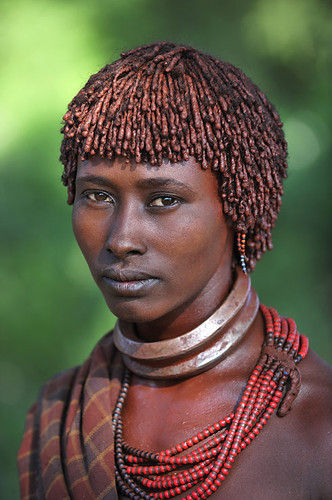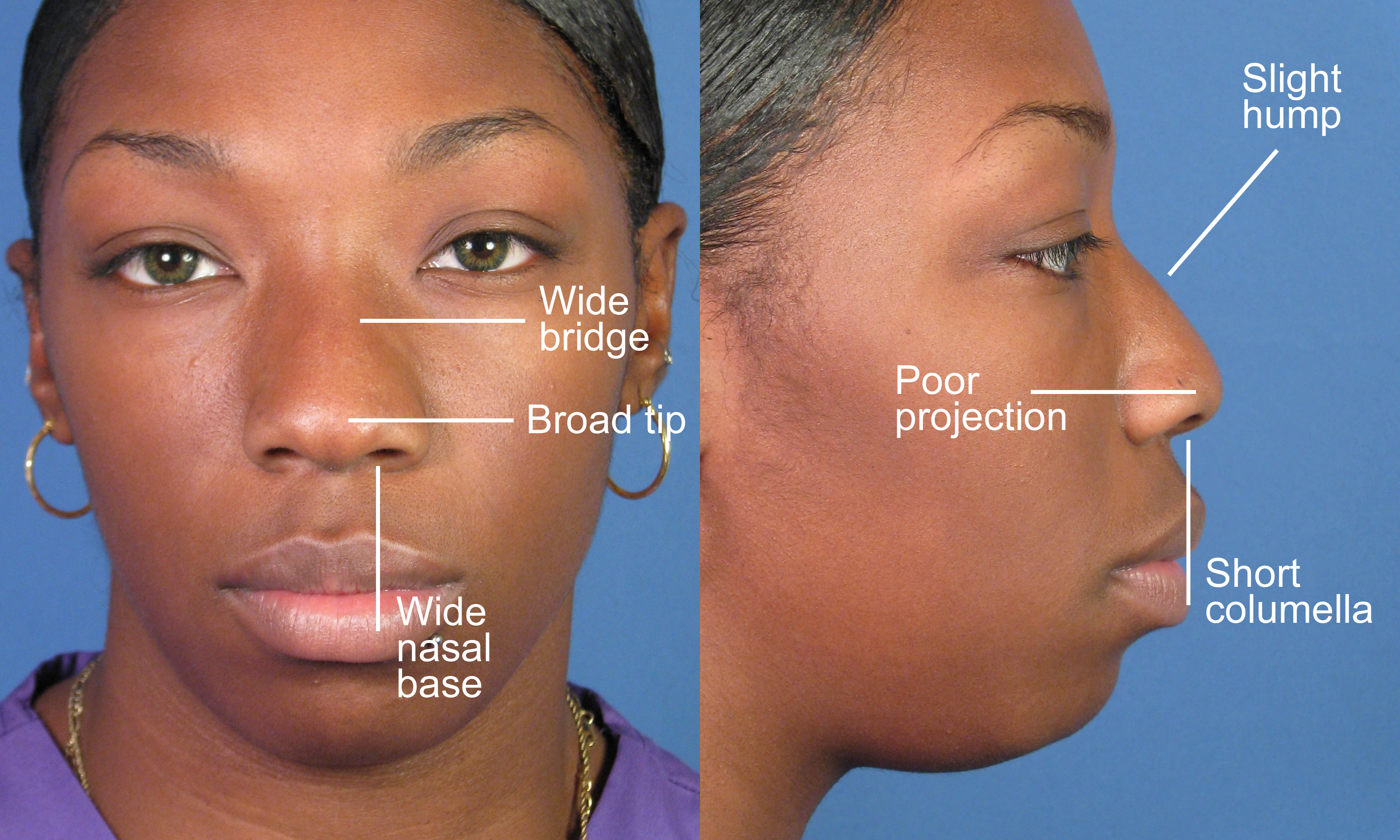African American Facial Features
Previous studies have shown that stereotypically Black features are associated with crime and (e.g., Blair, Judd, & Chapleau Psychological Science 15:674-679, 2004; Blair, Judd, & Fallman Journal of Personality and Social Psychology 87:763-778, 2004; Blair, Judd, Sadler, & Jenkins Journal of Personality and Social Psychology 83:5-252002); here, we extended this finding to investigate …
Feb 04, 2008 · Blacks are most different, it is hard to say common features of African American. That is what makes our race so beautiful, we are ALL uniquely different. You can say what are the features most associated with the black racebut common..I can’t really say..
The reason for this is that the vast majority of African Americans have African Ancestry from West Africa, so while there are no typical features, there is a “range of features” a very broad one, and outside of that, it would be odd.

Aug 04, 2009 · The facial attributes that is often termed Ethiopian beauty is in itself an African attribute, and more importantly it is an African beauty I am a firm believer that beauty is found all over Africa, in each and every tribal group.
Feb 25, 2009 · Our facial features do indicate our ancestry. When I am introduced to new people in the city, of African descent I can often tell quickly where they are from just by looking at their face. Ghanians have broad shiny faces, with round features.

Facial analysis of the African American woman has evolved through several studies. Ofodile and Bokhari 6 conducted an exploratory study that included physical examination, photographs, and anthropometric measurements of the African American nose in 80 men and 121 women ranging in …
Attractiveness was assessed by having subjects assign descriptive adjectives (that varied from negative to positive) to three pictures: an African American female with a high prevalence of African facialfeatures, an African Amenican female with a low prevalence of African facial features…



Feb 12, 2014 · Facial contours: Blacks tend to have bulbous features to the nose, nostrils, forehead, cheeks, chin, while White’s features blend more smoothly. Tooth angle: Blacks’ teeth at the front tilt out more from the skull, making the entire region around the …

Negroid has both Latin and Ancient Greek etymological roots. It literally translates as "black resemblance" from negro , and οειδές -oeidēs, equivalent to -o-+ είδες -eidēs "having the appearance of", derivative of είδος eîdos "appearance". The earliest recorded use of the term "Negroid" came in 1859.